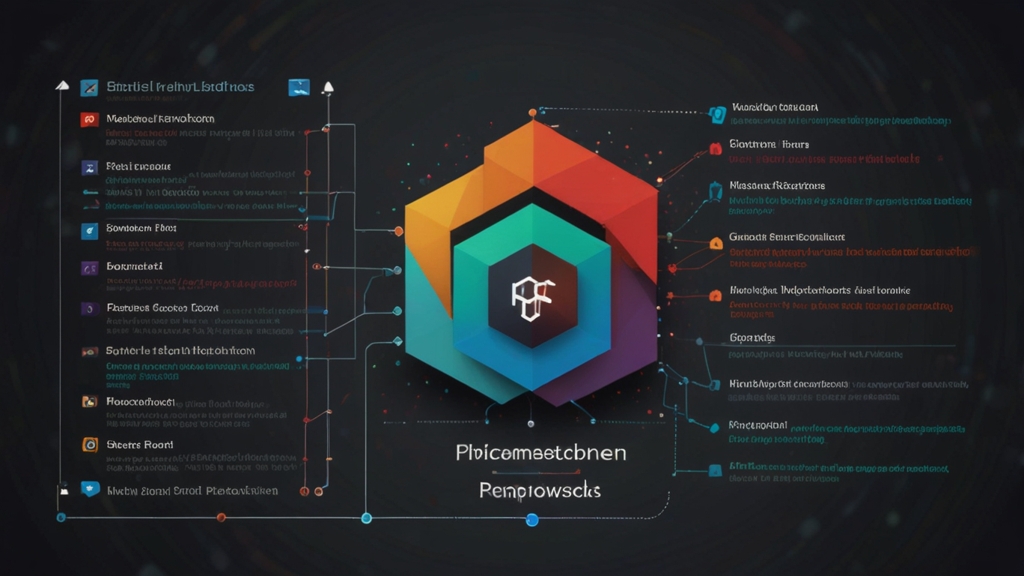From Idea to App Store: The Ultimate Guide to Mobile App Development
Mobile app development has transformed over the years, becoming a vital component of business strategies, personal productivity, and entertainment. Whether you're an entrepreneur looking to launch the next big app, a developer aiming to expand your skill set, or a business seeking digital transformation, understanding the journey from idea to app store is crucial. This guide delves into the steps and best practices for creating a successful mobile application.
1. Conceptualization
The first step in mobile app development is conceptualization. Start by identifying a problem or recognizing a need. Conduct thorough market research to ensure there's an audience for your app. Clearly define your app’s purpose, target audience, and core functionality.
“An idea is nothing until it becomes an action plan. The more detailed your concept, the smoother the subsequent stages will be.” – Anonymous
Create a detailed project outline and brainstorm the features you want to include. This stage often involves creating sketches or wireframes to visualize the user interface (UI) and user experience (UX).
2. Planning
Once you have a solid concept, it's time to plan the development process. This involves defining the technical specifications, selecting the right technology stack, and creating a project timeline. At this stage, it's crucial to assemble a team of skilled developers, designers, and project managers who will bring your vision to life.
Decide whether to develop a native app (specific to iOS or Android) or a cross-platform app that works on multiple operating systems. Each choice has its pros and cons, so align your decision with your target audience and budget.
3. Designing the UI/UX
Design is the cornerstone of your app’s success. A well-designed app ensures a seamless and enjoyable user experience, crucial for retaining users. The design process generally includes creating detailed wireframes, mockups, and prototypes, constantly iterating based on feedback.
“Design is not just what it looks like and feels like. Design is how it works.” – Steve Jobs
Keep in mind the latest trends in mobile design, such as minimalism, intuitive navigation, and touch-friendly interfaces. Consistency across different devices and screen sizes is also critical.
4. Development
With a clear design in hand, developers can start coding the app. This phase is often divided into front-end and back-end development. Front-end development focuses on what users interact with, while back-end development handles data processing and server interactions.
Agile methodologies or Scrum frameworks can be beneficial in managing the development process, as they allow for flexibility and iterative improvements. Regular testing phases are critical to identify bugs and usability issues early on.
5. Testing
Before launching, your app must undergo rigorous testing. This includes functional testing, performance testing, security testing, and usability testing. It's essential to test the app on various devices and screen sizes to ensure compatibility and a smooth user experience across the board.
Consider using beta testers to receive real-world feedback that can help polish your app before the official release. User feedback during this stage is invaluable for identifying blind spots and making necessary adjustments.
6. Deployment
Once your app has passed the testing phase and is ready for the world, it’s time to deploy it to app stores. Each platform (Google Play Store for Android and Apple App Store for iOS) has its submission guidelines and review processes, so ensure your app meets their requirements.
Prepare a compelling app description, appealing screenshots, and promotional materials to attract users. A successful launch strategy often involves marketing efforts, including social media campaigns, press releases, and collaborations with influencers or bloggers.
7. Post-Launch
The journey doesn't end with the launch. Post-launch activities are crucial for the app’s long-term success. Monitor user feedback, fix bugs, and release updates regularly to improve functionality and add new features.
“Growth is never by mere chance; it is the result of forces working together.” – James Cash Penney
Analyze user behavior with analytics tools to understand how users interact with your app and where improvements can be made. Engage with your user community to build loyalty and get ongoing feedback.
The journey from idea to app store is challenging but immensely rewarding. By following these steps and focusing on each phase meticulously, you can create an app that not only meets market demands but also makes a lasting impact.








